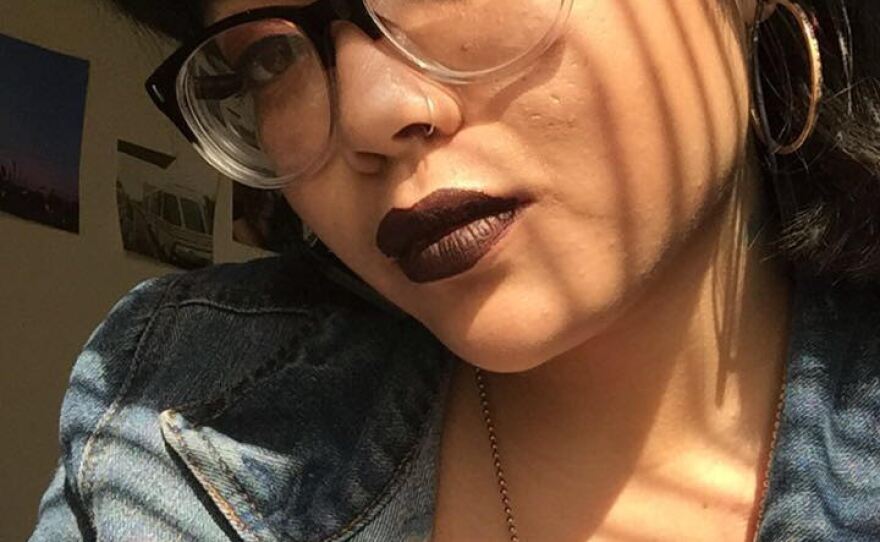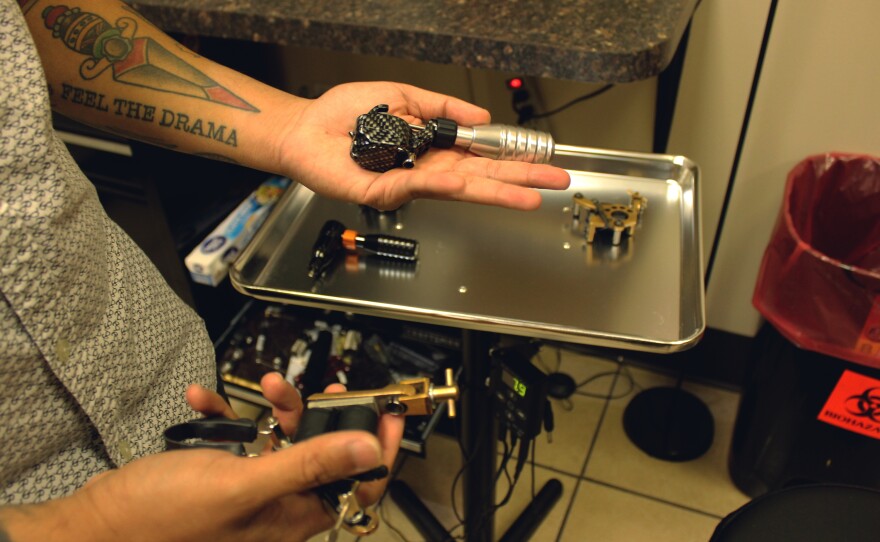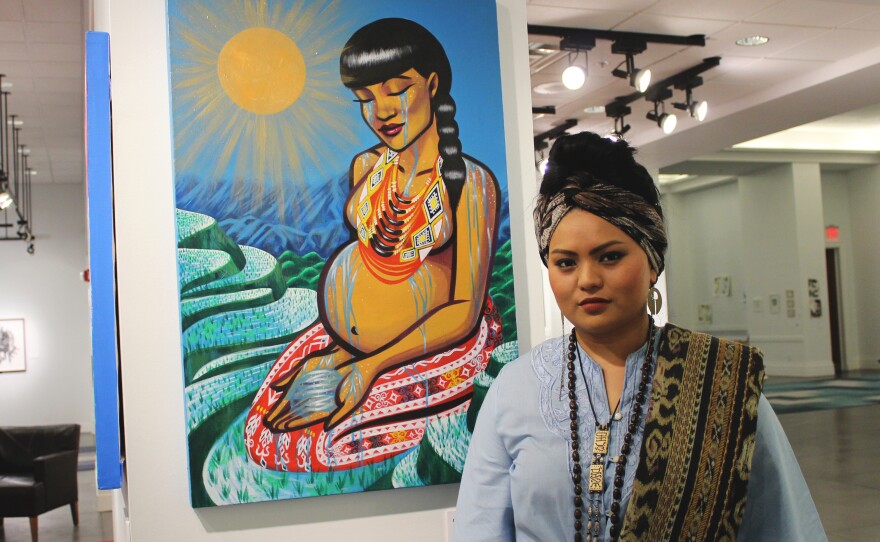Editor’s Note: The following editorial, containing interviews and photos with members of Jacksonville’s Filipino community, has been submitted by Mark Villegas, a professor of American Studies at Franklin & Marshall College in Lancaster, Pa.
Walking through downtown Jacksonville’s dilapidated Wynn Hotel, once known as a site of African American musical life, Cheech Forreign reflects on the arts community and its connection to a new generation of activists, such as the Take ‘Em Down Jax, which is a movement seeking to remove memorials that honor Confederate leaders, white supremacists, and slave owners.
“It feels like a shift is happening. A lot of the young people here, we’re trying to reclaim our space in this city,” said Forreign.
Forreign, whose mother is Filipina American and father is African American, is a hip hop vocalist and singer who performs at hip hop events around the country and at Jacksonville's Filipino Pride Day.
As the Wynn Hotel remains an un-memorialized shell, Jacksonville as a major metropolitan city remains unacknowledged. In a strange way, a sentiment that devalues Jacksonville’s cultural reputation echoes for both the public forgetting of Jacksonville as “the Harlem of the South” and the bewilderment people express in discovering that Jacksonville hosts the state’s largest Filipino population.
“It kind of feels like the Filipino community is disconnected. I didn’t realize it was as large as it was,” Forreign reflects on the elusiveness of Filipino Americans in Jacksonville despite their numbers. Forreign and other young Filipino American artists are trying to change this perception of invisibility while inspiring new ways of envisioning their community.
It isn’t hard to understand why Jacksonville is the Filipino American capital of Florida. The city hosts the largest concentration of Filipinos in the Sunshine State thanks in large part to the navy bases that have attracted Filipino navy families for several decades. In more recent years, the city’s medical industry has provided a livelihood for a Filipino medical class.
Given these favorable historical circumstances, it is no surprise that Jacksonville’s current city council president is a Filipina with navy roots. In addition, a Jollibee restaurant, Florida’s one and only, is located in the zip code with the state’s most Filipino residents. Jollibee bills itself as catering to the Filipino community, bringing “them the familiar feeling of home.”
As with any numerically dominant population in a major metropolitan city, Jacksonville’s Filipino Americans are diverse in many aspects including age, citizenship status, political beliefs, sexual orientations and identities, and racial backgrounds.
Yet, recent publicity on Filipino Americans in Jacksonville seems to only celebrate medical professionals and entrepreneurs. These narratives, although earnest, obscure the full vibrancy of this community. They reproduce a stale mythos of immigrant respectability and conformity, in which immigrants are only welcomed as guests if they play by prearranged expectations.
I grew up in Jacksonville as a second-generation Filipino American navy brat. I know firsthand that our community deserves more thoughtful representations.
Artists, I believe, have a special role in motivating their audiences to think in new and challenging ways; they are key to communicating the dynamism of Filipino American life. They are also important for connecting fragmented communities.
This photojournalistic article highlights three local Filipino American artists, Cheech Forreign, Frederick Valdez Fajardo, and Grace Bio, whose work serve as a cultural record of our community’s rich multiplicity.
Importantly, their experiences and expressions exceed the labels “immigrant” or “ethnic minority” and situate Filipinos as people of color and global majorities. Fred is a tattoo artist and a popping champion in Florida’s hip hop dance battle scene. He is formerly undocumented, having migrated to the U.S. as a child.
Grace is the art coordinator of We Filipinos, Inc., Jacksonville’s Filipino American art and culture organization. She is also a visual artist who celebrates feminine power and Filipino indigeneity in her work. Grace’s work is currently displayed in the group exhibition “Living History: A Cultural Mosaic” at the Jacksonville Public Library Makerspace.
Gabrielle Bautista documented these artists’ faces and their creative spaces for this article. Through her images, Gabi, a local photographer, filmmaker, and a third-generation Filipina American, displays a younger, defiant, and socially-conscious profile for the larger portrait of Filipino Americans in Jacksonville.
In their own unique ways, these artists inherit a Filipino tradition of resistance, such as opposition to Spanish and American colonization, farmworker labor union organizing in California, the anti-martial law movement, and the current indigenous people’s movement for self-determination in the Philippines.
If one digs deeper, as Forreign shows us, the shell of the Wynn Hotel emerges as a reminder of Jacksonville as the heart of African American culture in the region. Likewise, if given careful attention, artists like Forreign, Valdez Fajardo, and Bio can help reveal Filipino Americans in Jacksonville not as newcomers or guests (nor as strange quirks in the broader story of Filipino America) but as long-established community members woven into the fabric of a diverse cultural hub.
As the Confederate monuments come down, young artists are reclaiming space by recovering forgotten history. Much more, their creative labor is helping to inspire a better future.












